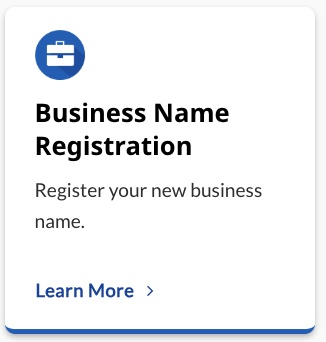Have you ever thought about the magic behind the technologies we use every day? For instance, how do you think Alexa, Siri, or Google Assistant understand when you ask them about the weather? Or how do YouTube’s algorithms know what type of content you like watching?
It’s all thanks to natural language processing (NLP), a type of artificial intelligence (AI) that acts as a bridge between humans and computers. Through NLP, machines can understand human language and respond in a way that we understand.
At this moment, some of you might be wondering, “what is artificial intelligence?” It may sound tricky, but it’s not too complicated. AI refers to how computers or machines perform tasks that normally need human intelligence. For instance, translating languages, recognizing speech, and deciding which ads to show you based on what you’ve searched for before.
NLP is just one piece of the AI puzzle, and it’s key because it allows computers to understand and process human language. So, every time you ask your virtual assistant to play your favorite song, it’s NLP doing the magic. Even when your email program filters out junk mail, NLP is at work.
However, NLP’s function isn’t limited to just understanding and responding to human language. It can also analyze texts to find important information. For example, NLP technology is now being used in healthcare to scan through patient records quickly and find essential data.
So, how does NLP work, exactly? It breaks down language into shorter, elemental pieces, tries to understand relationships between the pieces and how they work together to create meaning. Imagine NLP as a decoder ring, which helps the machine translate human language into a form it can understand.
Part of making NLP work involves machine learning, another component of AI. Machine learning gives computers the ability to learn from data without being directly programmed. Machine learning picks up on patterns and learns from experience, much the way humans do. When machine learning is combined with NLP, it gives applications the ability to learn from the inputs they receive, and this makes them more accurate over time.
In conclusion, NLP is a dynamic and revolutionary aspect of AI that’s expanding the horizons of technological advancement. It represents one step closer to bridging the gap between the human mind and the computer. With every “Hey Siri” and “Okay Google,” we continue to push the boundaries of what’s possible with NLP and AI.
Register your new business name at register.biz.au


